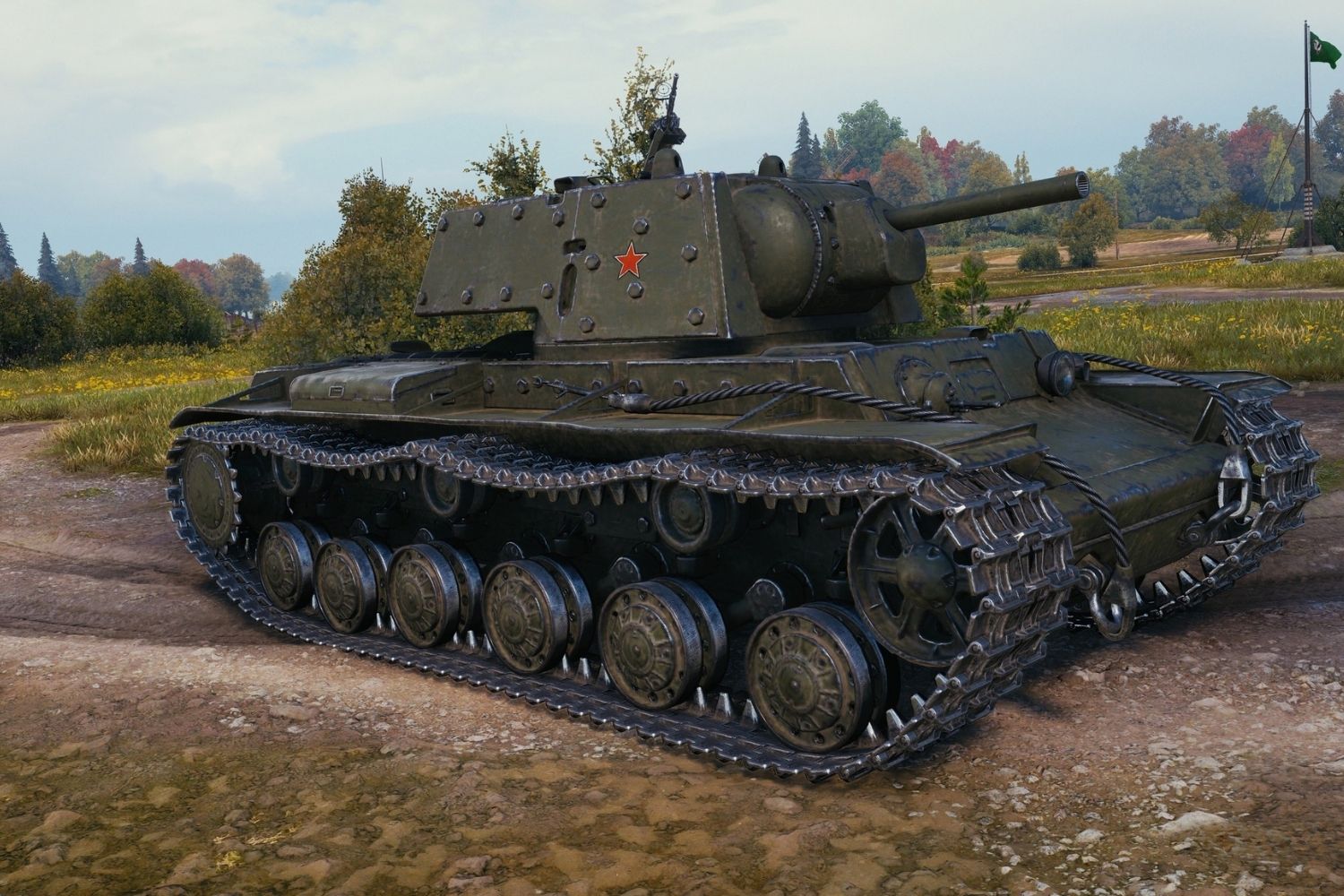
The KV-1 tank, a symbol of Soviet engineering during World War II, has a fascinating history. This heavy tank played a crucial role on the Eastern Front, standing as a formidable opponent against German forces. But what makes the KV-1 so special? Its blend of thick armor, powerful armament, and surprising mobility set it apart from other tanks of its time. Did you know that the KV-1 was named after Kliment Voroshilov, a prominent Soviet military leader? Or that it could withstand direct hits from German anti-tank guns? These are just a few intriguing facts about this iconic war machine. Dive into our list of 30 facts to learn more about the KV-1's design, battles, and legacy.
The Birth of the KV-1
The KV-1, a Soviet heavy tank, played a crucial role during World War II. Named after Kliment Voroshilov, a Soviet defense commissar, this tank was known for its heavy armor and powerful armament.
- The KV-1 was first introduced in 1939.
- It was designed to replace the T-35, a multi-turreted heavy tank.
- The tank was named after Kliment Voroshilov, a Soviet military leader.
- The KV-1 was part of the Soviet Union's effort to modernize its armored forces.
Design and Specifications
The KV-1's design focused on heavy armor and firepower, making it a formidable opponent on the battlefield.
- The KV-1 had a maximum armor thickness of 90 mm.
- It was equipped with a 76.2 mm F-32 main gun.
- The tank weighed approximately 45 tons.
- It had a crew of five: commander, gunner, loader, driver, and radio operator.
Performance in Battle
The KV-1's performance in battle showcased its strengths and weaknesses, influencing future tank designs.
- The KV-1 first saw combat during the Winter War against Finland.
- It proved nearly invulnerable to Finnish anti-tank weapons.
- The tank's heavy armor made it difficult for German forces to destroy during Operation Barbarossa.
- However, its weight and mechanical issues often led to breakdowns.
Variants and Modifications
Several variants of the KV-1 were developed to address its shortcomings and adapt to changing battlefield conditions.
- The KV-1S was a lighter, faster version with thinner armor.
- The KV-85 featured an 85 mm gun to combat newer German tanks.
- The KV-1E had additional armor plating for increased protection.
- Some KV-1s were equipped with flamethrowers, designated as KV-8.
Legacy and Impact
The KV-1 left a lasting legacy, influencing tank design and military strategy during and after World War II.
- The KV-1's heavy armor concept influenced the design of the IS series of tanks.
- It demonstrated the importance of balancing armor, firepower, and mobility.
- The tank's successes and failures provided valuable lessons for future Soviet tank development.
- The KV-1 remains a symbol of Soviet engineering and resilience during World War II.
Interesting Tidbits
Beyond its battlefield performance, the KV-1 has some fascinating stories and facts that add to its mystique.
- Some KV-1s were captured and used by German forces.
- The tank was featured in several Soviet propaganda films.
- A KV-1 famously held off an entire German division for several days during the Battle of Raseiniai.
- The tank's design influenced the development of the British Churchill tank.
Preservation and Museums
Today, the KV-1 can be found in museums and collections around the world, preserving its history for future generations.
- Several KV-1s are on display at the Kubinka Tank Museum in Russia.
- The Bovington Tank Museum in the UK also has a KV-1 in its collection.
- Restored KV-1s participate in historical reenactments and events.
- The tank is a popular subject for model builders and military historians.
Fun Facts
The KV-1's unique characteristics and historical significance have led to some fun and quirky facts.
- The tank's nickname among German soldiers was "The Russian Monster."
- A KV-1 was once used as a makeshift bridge to allow infantry to cross a river.
The Legacy of the KV-1
The KV-1 tank, with its impressive armor and firepower, left a significant mark on World War II history. Despite its initial mechanical issues, it proved invaluable on the Eastern Front, standing as a symbol of Soviet resilience. Its design innovations influenced future tank development, showcasing the importance of heavy armor in warfare. The KV-1's ability to withstand enemy fire and deliver powerful counterattacks made it a formidable opponent. Today, it remains a subject of fascination for military historians and tank enthusiasts alike. Understanding the KV-1's contributions helps appreciate the evolution of armored warfare. This tank's story is a testament to the ingenuity and determination of those who designed and operated it. The KV-1's legacy continues to inspire and educate, reminding us of the pivotal role technology plays in shaping the outcomes of conflicts.
Was this page helpful?
Our commitment to delivering trustworthy and engaging content is at the heart of what we do. Each fact on our site is contributed by real users like you, bringing a wealth of diverse insights and information. To ensure the highest standards of accuracy and reliability, our dedicated editors meticulously review each submission. This process guarantees that the facts we share are not only fascinating but also credible. Trust in our commitment to quality and authenticity as you explore and learn with us.
